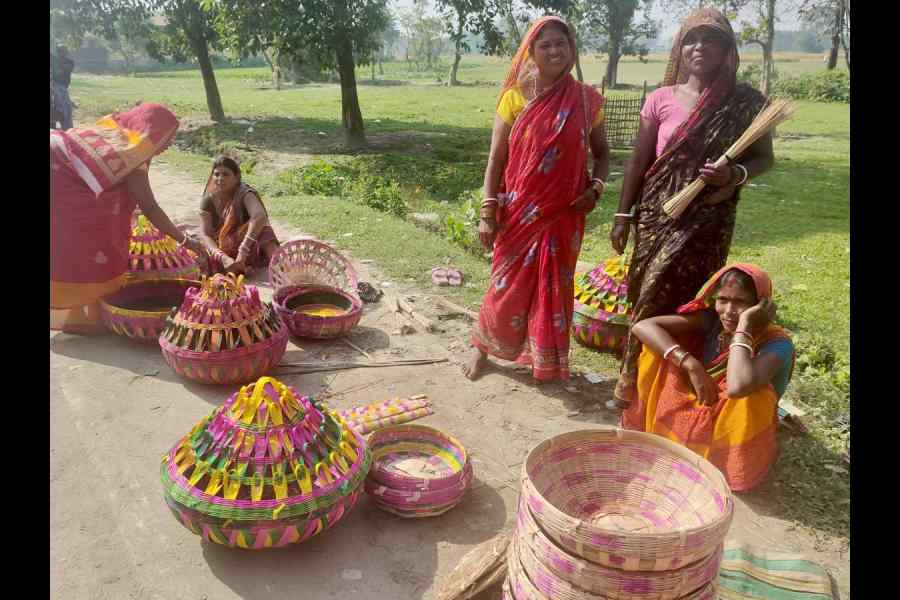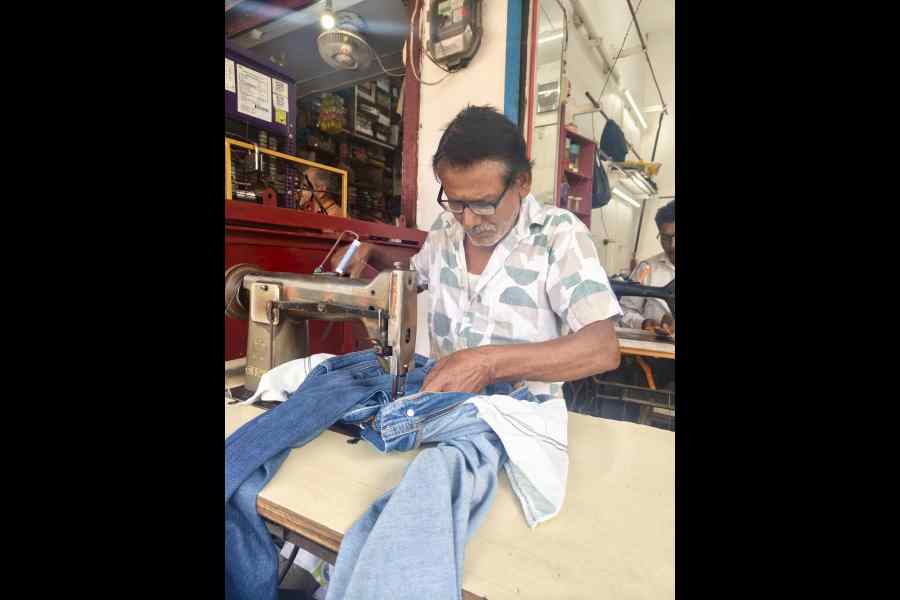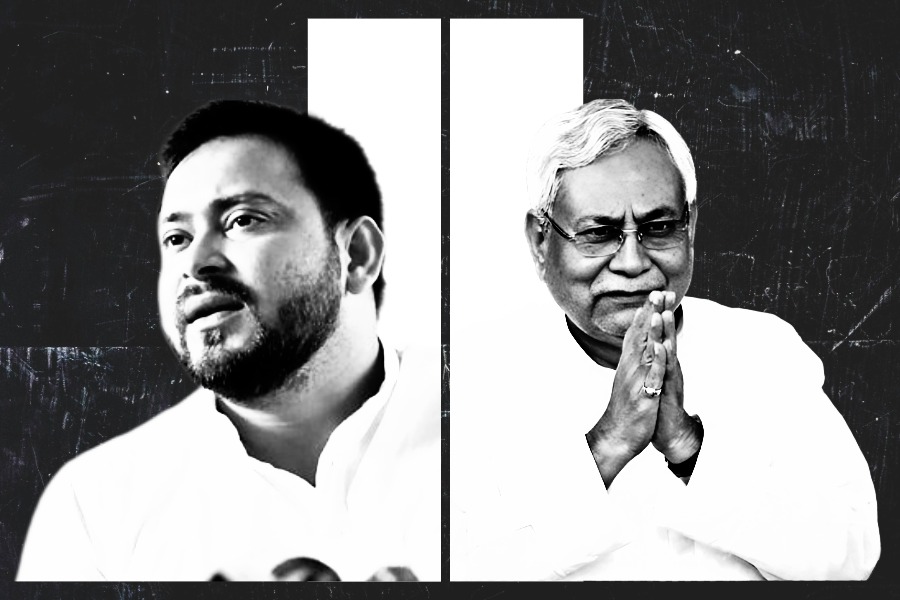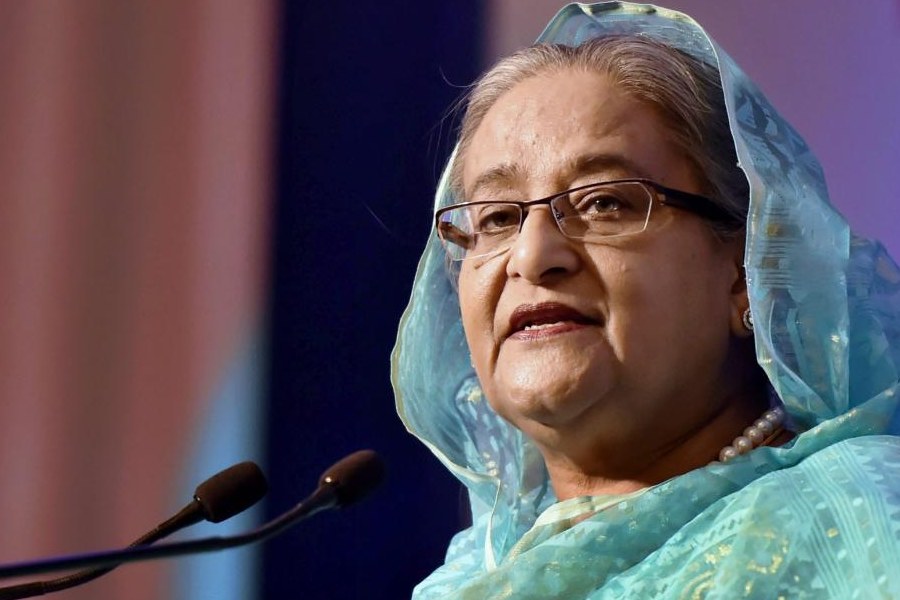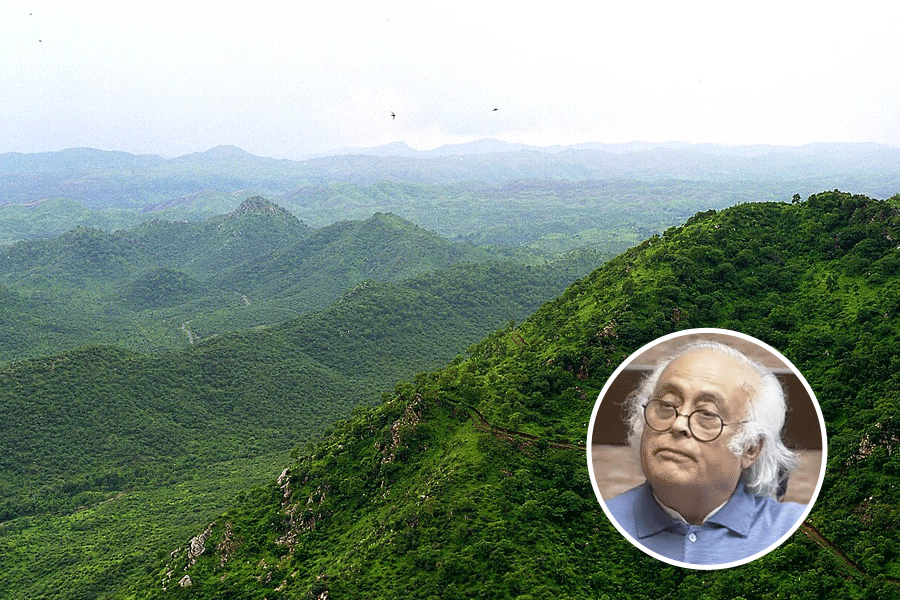The crowd hangs on to every word spoken by their naqeeb-e-millat (leader of the community), Asaduddin Owaisi, head of the All India Majlis-e-Ittehadul Muslimeen.
The name broadly translates to “the council of Muslim unity”, and the party is known as the Majlis. It has been called the “B-team” of the BJP, accused of splitting the Muslim vote that would ordinarily go to the Mahagathbandhan. The Majlis is in alliance with three other small parties.
“Saba Zafar Sahab (the JDU nominee for Amour in Purnea district) says the Surjapuris will lose, make the Kulhaiyas victorious,” Owaisi says at a rally in Bada Idgah, Amour, on the banks of a backwater of the Mahananda river system.
“....We have to make Seemanchal victorious, not individuals. We have to make unity victorious, not sectarianism.”
The three largest Muslim communities in northeastern Bihar, or Seemanchal, are the Kulhaiyas who speak a language similar to Maithili, the Shershabadias whose language is related to Bengali, and the Surjapuris whose tongue is part of the Kamtapuri language group.
Zafar, who switched from the BJP to its ally JDU, is a Kulhaiya. His main opponents are outgoing MLA and Bihar Majlis president Akhtarul Iman and Congress candidate Abdul Jalil Mastan, a six-time MLA. Both are Surjapuris.
Iman was one of the five Majlis MLAs elected the last time, and the only one who remains in the party. The rest defected to the RJD in 2022. The Majlis has fielded two Hindu candidates among its 25 nominees this time.
“The children of Amour... made Lalu the CM. Then they made his wife the CM. Now Lalu is saying, ‘Make my son the CM’. The son will say, ‘Make my children the CM’...,” Owaisi says.
“Our children will become scientists, God willing, so that they can find out why there is uranium and arsenic in the groundwater. Our daughters will become doctors so that they can treat the mothers and sisters suffering from cancer.
“Our sons from Seemanchal will become engineers so that they can build bridges that will not collapse into the water like the bridges built by (Prime Minister Narendra) Modi and (chief minister) Nitish (Kumar) and the RJD.”
“The Mahananda river system,” says local farmer and social media commentator Afroz Alam, “was considered the demarcation line between the Kulhaiyas and the Surjapuris. Zafar is saying that Akhtar Sahab is an outsider”.
He continues: “The truth is that the entire region has been neglected — Muslims, especially. Most of the boys go to work outside even before finishing school. I worked in Hyderabad for a decade.”

Crowds watch an AIMIM rally from across a backwater at Bada Idgah in Bihar's Amour constituency on Nov 7. Picture by Pheroze L Vincent
Migration for work is a statewide affliction. This is more acute in Seemanchal, where floods wreak havoc almost every year.
“The river-linking work saved my paddy crop by diverting the flooding of the Kankai river. Nitish has performed, no doubt, but Owaisi is rising on social media,” Alam says.
“People see his speeches in Parliament and feel good that someone is speaking
for Muslims.”
In seats like Amour — where Muslims are around 70 per cent — the Majlis is giving the Mahagathbandhan a run for its money.
Mohammed Haseeb’s son works as an embroiderer in Bengaluru, especially on costumes for Kannada films. At a JDU rally in Amour, Haseeb raises his palm and makes a confession to The Telegraph.
“I am actually their (Congress, hand symbol) supporter.... But the Congress is not active like before. If I die, Saba Zafar’s people will be there to lift me to my grave,”he says.
“The Majlis attracts the young because of Owaisi’s oratory. But what can just one MLA do?”
A consolidation of Hindu votes can, however, give the edge to the JDU.
Beena Devi makes and sells colourful shekaris — bamboo baskets used for delivering gifts ata wedding.
“Nitish has given us everything. I sell fish, too. With the ₹10,000 (grant for women’s self-employment) I can buy more material to make and sell,”she says.
“Modi has given us free rations, too. I don’t care who the candidate is, I shall vote only for Nitish.”
In Dhamdaha, also in Purnea, where Muslims are less than 15 per cent, it’s a two-horse race between JDU minister Leshi Singh and former JDU parliamentarian Santosh Kumar, now contesting for the RJD.
Few seem to have heard of the Majlis’s Ishtiyaque Alam even in Muslim-majority villages like Mogal Tola.
Communal tensions had risen in the village after outsiders allegedly tore down “I Love Muhammad” banners put up during Milad-un-Nabi in August. Elders from all the neighbouring villages got together and cooled tempers on the prodding of Leshi, the outgoing five-time MLA, local people said.
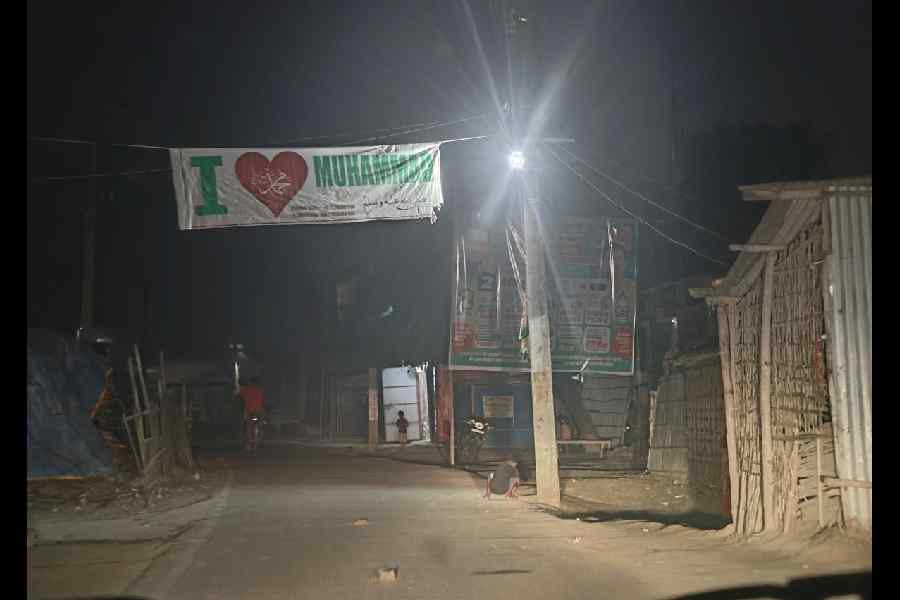
An 'I Love Mohammed' banner at Mogal Tola in Bihar's Dhamdaha seat on Nov 6. Picture by Pheroze L. Vincent
Under one such banner — set up again — women hurry to borrow chillies, salt and oil from each other before they start preparing dinner. The banner controversy is the last thing on their minds. As for politics, they all refer this correspondent to their most articulate neighbour, Tabassum Khatun.
Tabassum has a litany of woes: the lack of feedback to the parents of children studying at the government school; the absence of a school for special children close enough to the village (her daughter has a learning disability); and, most of all, the usurious interest rates charged by the “Jeevikas” or the women’s self-help groups.
“The rate is two per cent per month. If we don’t repay in 10 months, the rate doubles,” Tabassum says.
“If the rains destroy the crops, or someone falls ill and loses their income and can’t pay, the Jeevika CM (community mobiliser) calls the police. They have our Aadhaar, PAN and everything.We are trapped.”
The banks won’t give her a loan without property in her name; the private financiers charge 16 per cent a year. All the women say they have taken loans for marriages, for their children’s education, for medical treatment or to run small businesses.
“Right now, if I ask any of the candidates to wash my baby’s bum, they will do it, but it’s no use complaining to them because they will never rein in the Jeevika CMs or the moneylenders or the banks,” Tabassum says.
“If they give us loans, we can do so many things and generate enough work so our boys don’t have to work in Delhi.”
- Bihar votes on Nov 11

